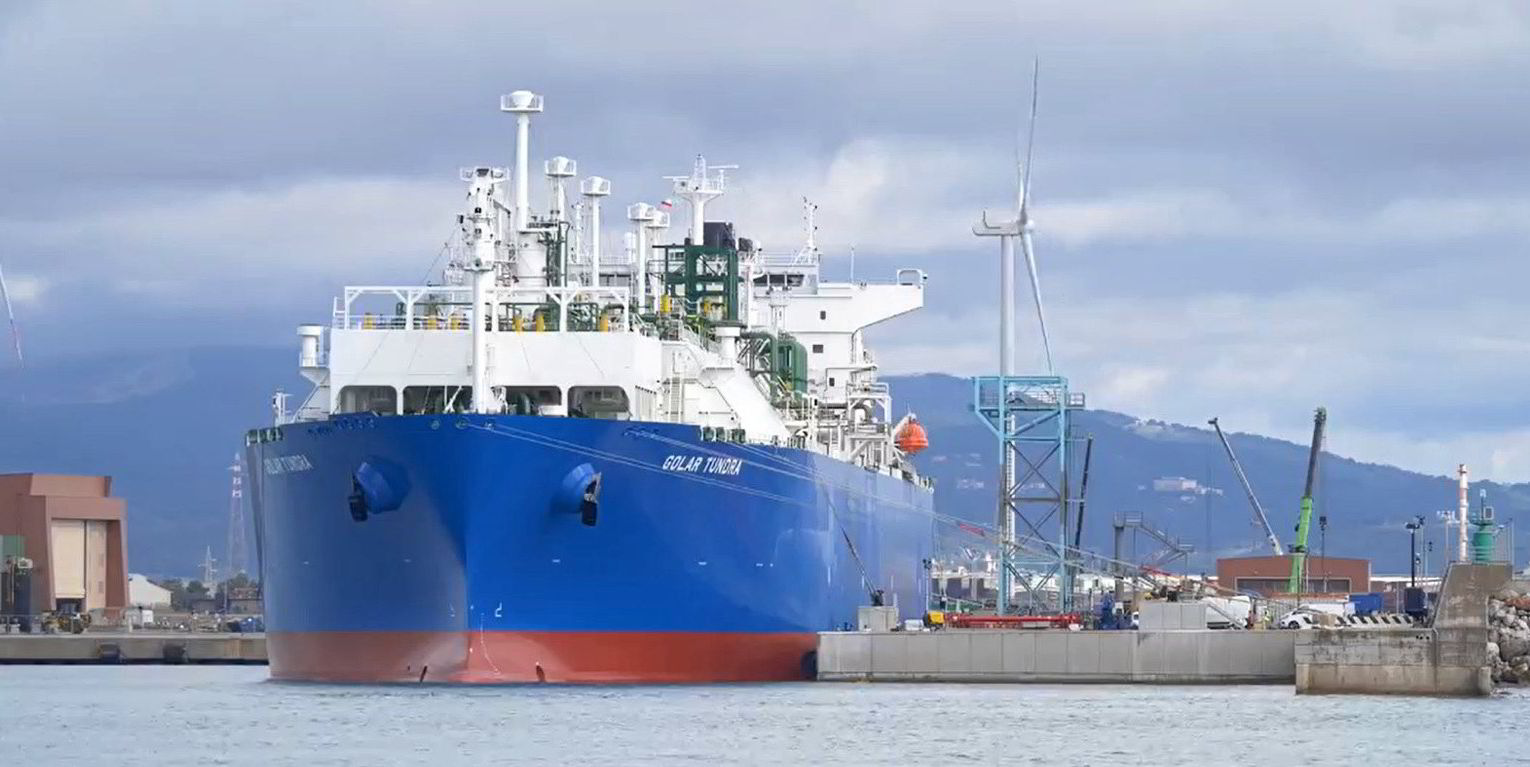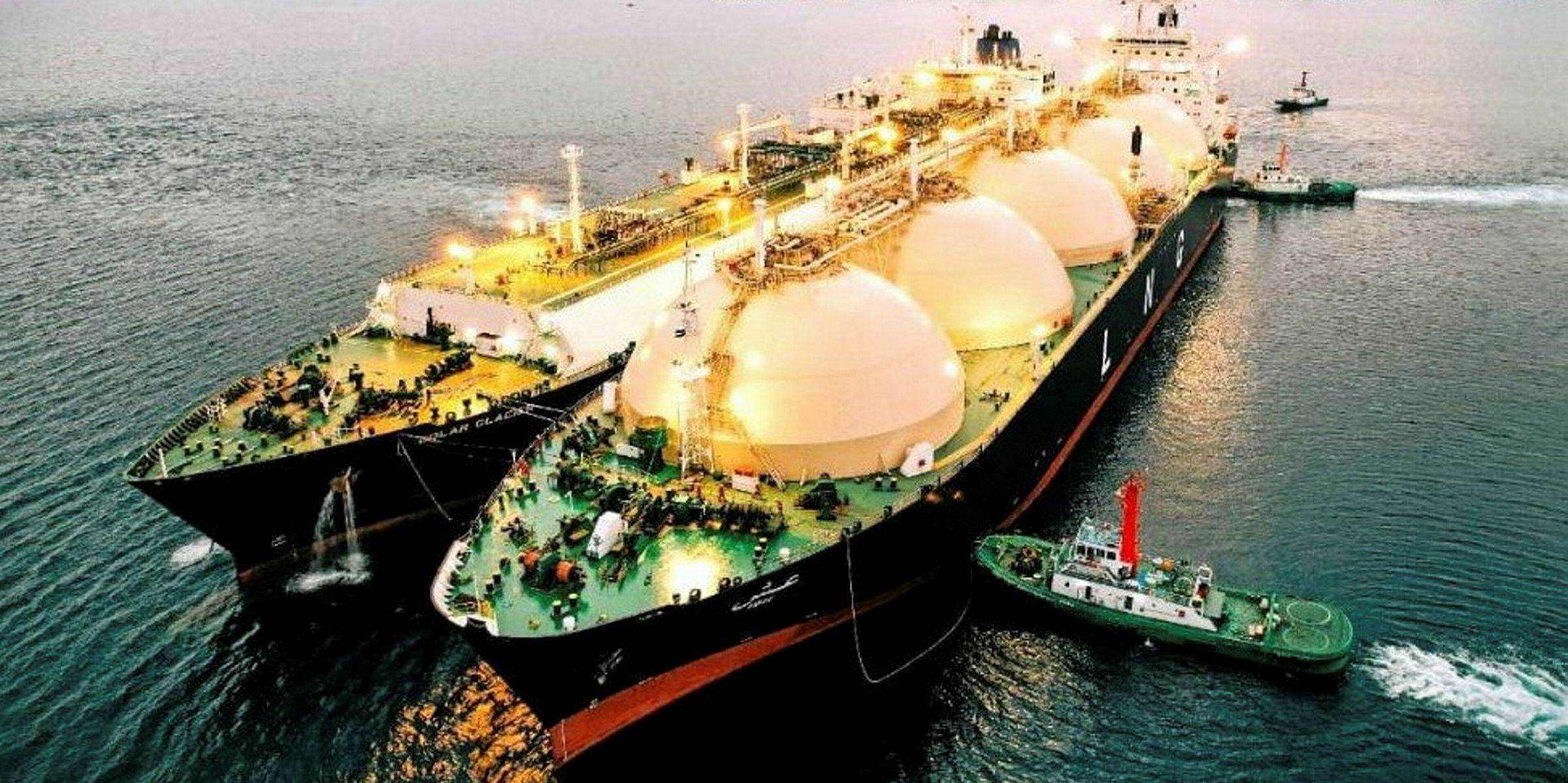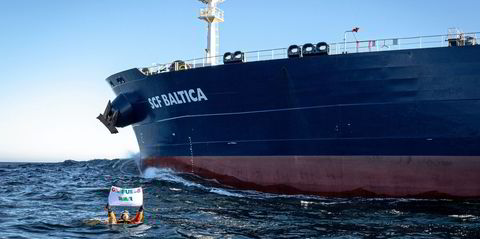Italian group Snam’s latest floating storage and regasification unit project has run into strong local opposition.
The 170,000-cbm Golar Tundra (built 2015) arrived in the small Tuscan town of Piombino last month to feed gas into the grid for at least three years.
But residents, the mayor and environmental activists have set out to block its deployment, The Guardian reported.
The FSRU is seen as vital to reducing Italy’s reliance on Russian gas.
Opponents claim there has been no independent environmental assessment studies of its use.
Shop windows and house balconies now display signs condemning the plan.
The newspaper reported a heavy national police presence in the port as a result of protests.
“We have nothing against regasification terminals, as long they’re safe,” mayor Francesco Ferrari said. “But we don’t like that this project was done without any evaluation of its environmental impact. We want to know if it’s safe.”
Snam commissioned a study from the University of Genoa about the impact of releasing seawater “with different characteristics in terms of temperature and chlorine content compared to that taken from the port area”.
This concluded the FSRU is safe.
Butchers and beef
“Of course, Snam says everything is fine,” retired clerk Maria Cristina Biagini said. “It’s like the butcher telling you their beef is good.”
Green groups are worried about a nearby cetacean sanctuary, as well as a large meadow of seagrass.
They claim water is released back into the sea from the FSRU that is up to 5C cooler and mixed with bleach.
Snam denied this and said: “Positioning of the regasification terminal in the port is compatible with the territory.
“The concentrations of chlorine will settle on very low values without interfering with agro-fishing or other activities in port.”
The 5bn-cbm capacity regas unit left Keppel Shipyard in Singapore at the start of March.
Snam bought the vessel from Golar LNG for $350m in May 2022.





